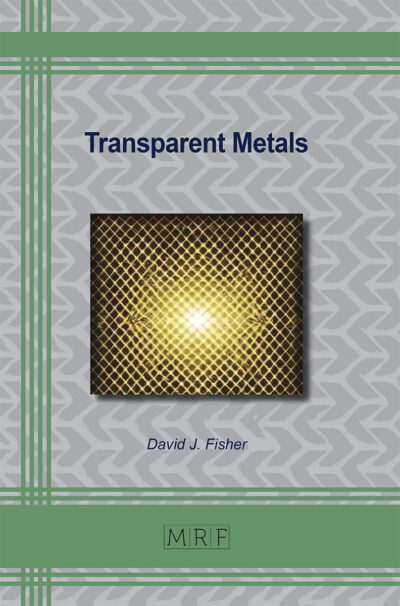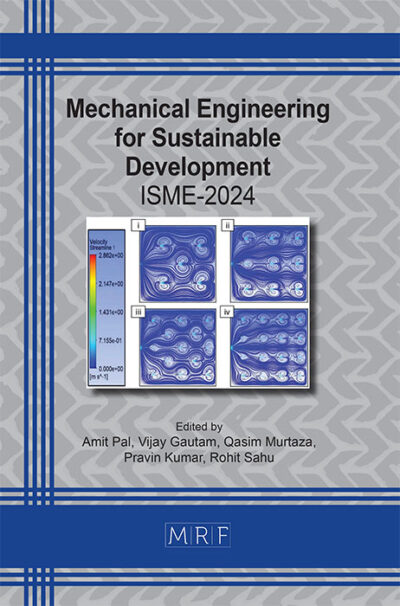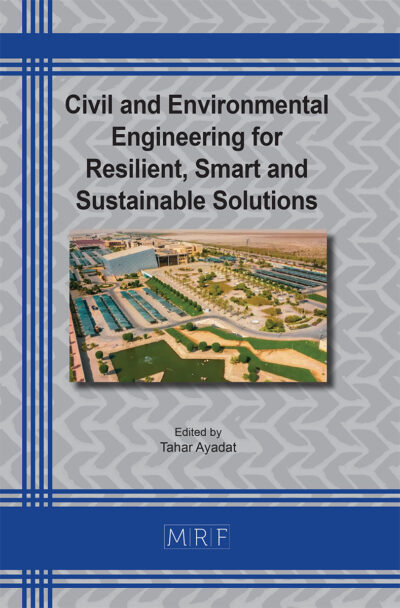An optimization approach process of a 4-story RC building structural plan through generative design
Ilda RUSI, Albi ALLIAJ
Abstract. This paper explores the application of parametric design principles using optimization methods to enhance seismic design of a 4-story reinforced concrete building. Through a detailed case study, the paper demonstrates the versatility of Simulated Annealing on building an algorithm that is based on FEA analysis potentially linked with parametric design but at the same time use a stochastic optimization method to tackle the problem. The introduction starts by a quick brief overview of parametric design and visual programming since in the recent years are becoming more and more common to architects and engineers for their user-friendly interface where users can build scripts connecting blocks that represent functions. At this point it is important to emphasize some parametric design concepts, the previous studies on parametric design in related fields and therefore the corresponding key principles of Grasshopper in structural design. The methodology used is referred to the algorithm that involves the use of Simulated Annealing to iterate the different models and analysis by minimizing the torsional eccentricity on each floor after each iteration. Detailed explanation of how Grasshopper was employed in the design process and the visualization of the parametric design iterations are given. The results demonstrate the effectiveness of this approach, by presenting several design iterations which allow the engineers to have an optimal response against the seismic events just by arranging the dimensions and directions of columns, without changing the structural form. A discussion follows the interpretation of results based on the advantages and challenges of using Grasshopper for structural seismic response and an exploration of potential real-world applications. The main conclusion derives the summary of key findings, the implications of the study for future preliminary design concepts of the represented typology and also the encouragement for further research in the field of parametric design.
Keywords
Seismic Response, Parametric Design, Simulated Annealing, Visual Programming
Published online 2/25/2025, 10 pages
Copyright © 2025 by the author(s)
Published under license by Materials Research Forum LLC., Millersville PA, USA
Citation: Ilda RUSI, Albi ALLIAJ, An optimization approach process of a 4-story RC building structural plan through generative design, Materials Research Proceedings, Vol. 48, pp 93-102, 2025
DOI: https://doi.org/10.21741/9781644903414-11
The article was published as article 11 of the book Civil and Environmental Engineering for Resilient, Smart and Sustainable Solutions
![]() Content from this work may be used under the terms of the Creative Commons Attribution 3.0 license. Any further distribution of this work must maintain attribution to the author(s) and the title of the work, journal citation and DOI.
Content from this work may be used under the terms of the Creative Commons Attribution 3.0 license. Any further distribution of this work must maintain attribution to the author(s) and the title of the work, journal citation and DOI.
References
[1] Debney P, Jeffries P, Christodoulou A et al., Advanced applications in computational design. In Industry 4.0 for the Built Environment (Bolpagni M, Gavina R and Ribeiro D (eds)). Springer, Cham, Switzerland, pp. 77-102. (2022) Crossref, Google Scholar https://doi.org/10.1007/978-3-030-82430-3_4
[2] Lee, Jaewook, Wonho C., Dongyeop K., and Jongho L., Simplified Methods for Generative Design That Combine Evaluation Techniques for Automated Conceptual Building Design, Applied Sciences 13, no. 23: 12856. (2023). https://doi.org/10.3390/app132312856 https://doi.org/10.3390/app132312856
[3] O. Georgiou, P. Richens and P. Shepherd, Performance based interactive analysis, Springer Berlin Heidelberg, pp. 115-122, (2012). https://doi.org/10.1007/978-3-642-23435-4_14
[4] K. Shea, R. Aish and M. Gourtovaia, Towards integrated performance-driven generative design tools, ELSEVIER, vol. 14, no. 2, pp. 253-264, (2005). https://doi.org/10.1016/j.autcon.2004.07.002
[5] Rusi. I., Kumaraku. Ll., Stereotomic and Tectonic Architecture from Structural Point of View: Case of a Single 10-Story Perforated Shell Structure, International Journal of Civil Engineering and Architecture (2022), 10(4):1494-1504. https://doi.org/10.13189/cea.2022.100419
[6] Alliaj A., Çobani E., An Algorithm for less! Using Scripts to address problems regarding the predesign of reinforced concrete structures”, International Conference of Civil Engineering – ICCE 2023″, (2023) Tirana, Albania, . ISBN: 978-9928-254-88-7.
[7] Alliaj A. Re-designing demolished Cultural Heritage. A study of a thin shell design for earthquake-destroyed churches in Finiq municipality, OMB scientific journal (2024) ISSN: 2959-4081. https://doi.org/10.37199/o41009128
[8] Alliaj A., Krosi F. A preliminary investigation into a variable section beam using algorithm-aided design as a way to facilitate the structural design process, Book of Proceedings, Issues of Housing, Planning, and Resilient Development of the Territory. Towards Euro-Mediterranean Perspectives, (2023). https://doi.org/10.37199/c41000118
[9] Alliaj A., Krosi F., Form Exploration of High Thermal Performance of Large Panel Buildings, using the Evolutionary Genetic Algorithm, (2023).
[10] Al Sweigart, Automate the Boring Stuff with Python, (2020).
[11] Rusi I., Alliaj A., Generative Urban Design in the Field of Infrastructure: An Optimizing Solution for Connecting Fier and Vlora County by a 600 m Bridge over Selenica River, Albania, (2024). https://doi.org/10.30958/ajs.11-2-3
[12] Nocedal J., Wright S., Numerical optimization, (1999), Springer. https://doi.org/10.1007/b98874
[13] J. Arora, O. Elwakeil, A. Chahande and C. Hseih, Global optimization methods for engineering applications: A review, Springer Link, vol.9, no. 3-4, p. 137-159, (1995). https://doi.org/10.1007/BF01743964
[14] Kirkpatrick, S., Gelatt, C. D., & Vecchi, M. P., Optimization by Simulated Annealing, Science, 220(4598), 671-680. doi:10.1126/science.220.4598.671, (1983). https://doi.org/10.1126/science.220.4598.671












